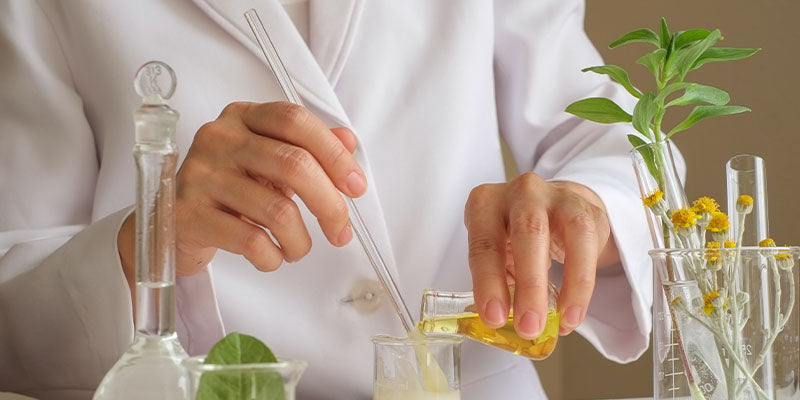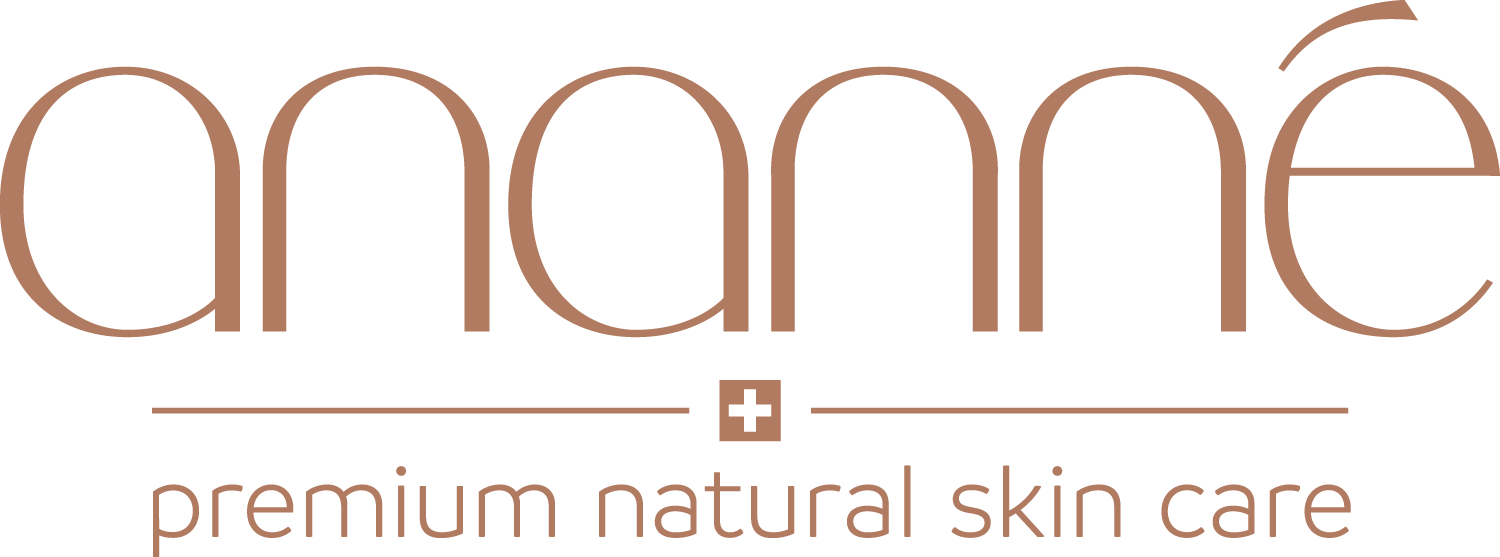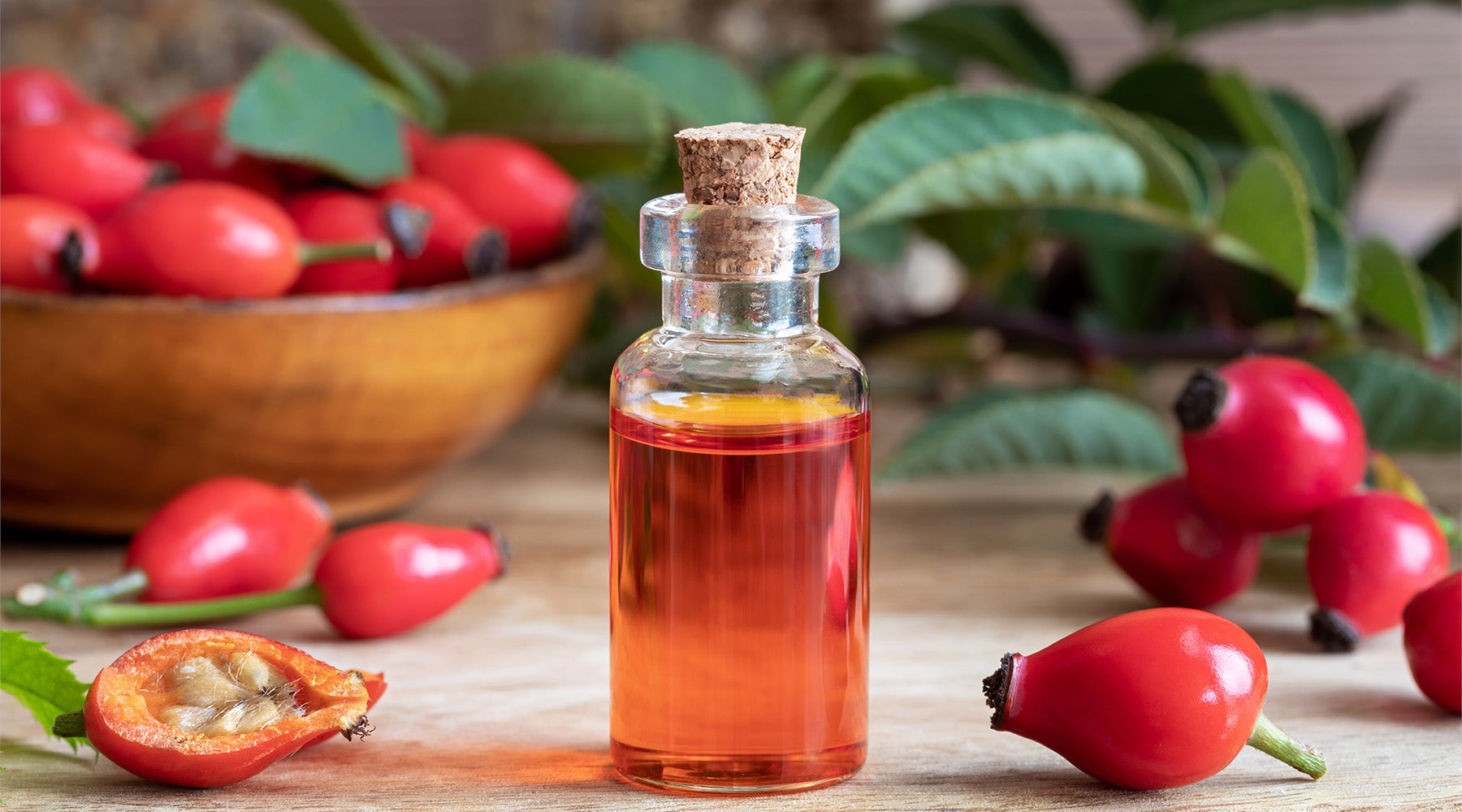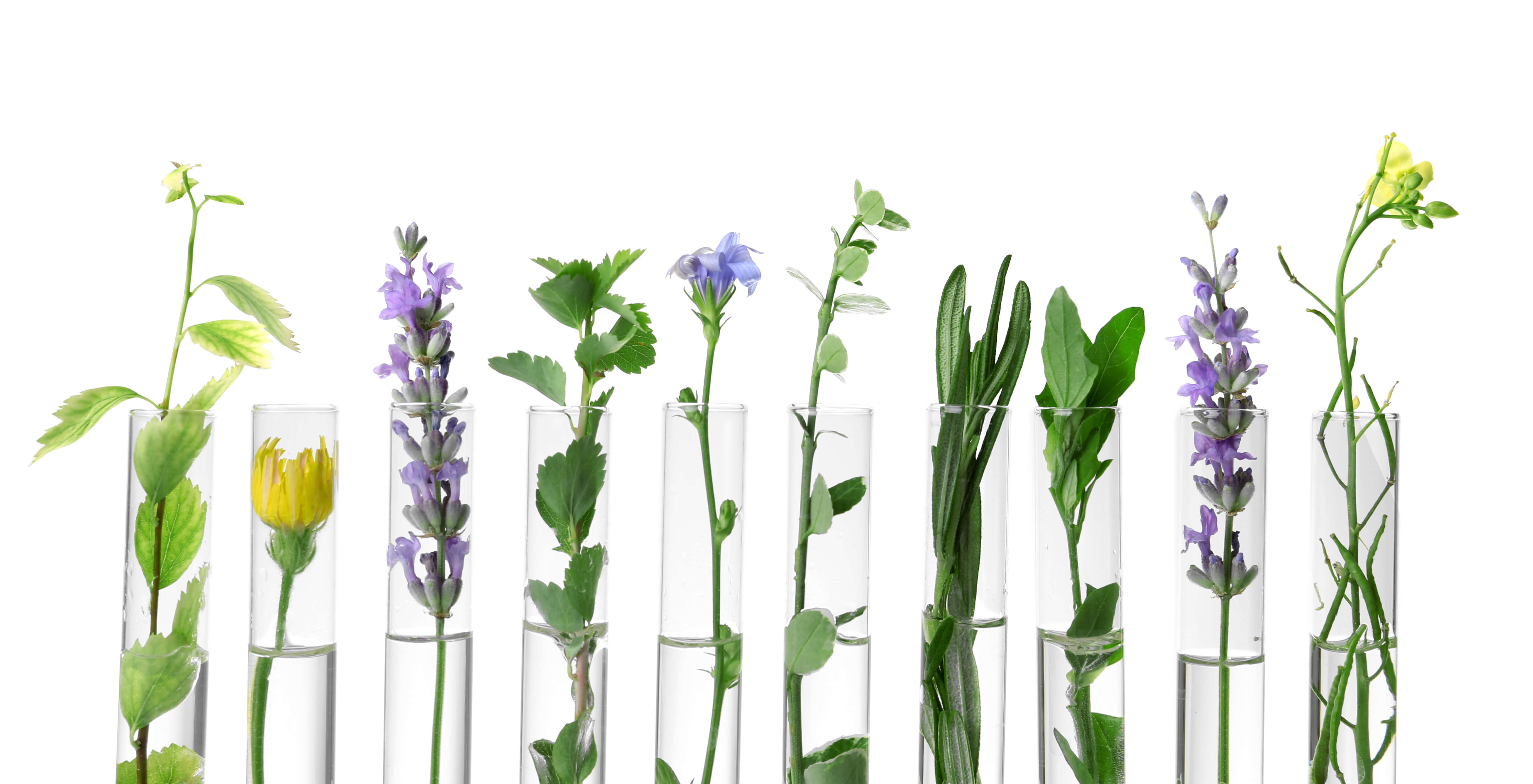
Natural cosmetics: Why natural cosmetics are wellness for the body (and the environment).
The trend towards a healthy lifestyle and sustainability has also boosted natural cosmetics. The prejudice that natural cosmetics are harmless to health but inferior to conventional cosmetics in terms of their effectiveness is a thing of the past.
Skin care has been an issue since early cultures. Long before the development of synthetic products, people trusted in the power and effects of plant essences. The Egyptians in particular were considered the pioneers of cosmetics. The resourceful use of plants, minerals and oils has certainly also contributed to the emergence of ideals of beauty such as Nefertiti and Cleopatra.
in the 20th In the 19th century, the recipes and knowledge about medicinal plants and herbs that were passed on were somewhat forgotten. Active ingredients found their origin in the laboratory and were considered more modern, more effective and better than their natural counterparts. The credo of so-called conventional cosmetics, to provide the skin with everything it could need, seemed more promising. The principle of helping people to help themselves, to which natural cosmetics are committed, was seen as less effective.
With increasing interest in ingredients and knowledge of the side effects of some ingredients, the turnaround was initiated. The possible health effects of parabens, silicones, aluminum salts and, last but not least, microplastics have increased confidence in natural skin care products that do not contain any of these substances. The awareness of paying a lot of attention to the skin and paying attention to the ingredients, as has long been the norm in nutrition, is also being transferred to cosmetics.

The use of natural cosmetics is consistent and contemporary
Just like the organic vegetables in the supermarket are free of chemicals, natural cosmetics do not contain any harmful substances that can get into the bloodstream through the skin. After all, 60 percent of what is creamed on the skin ends up there.
And just as harm is averted to the human body, so is the environment. Nine out of ten products from conventional cosmetics suppliers still contain microplastics. It doesn't always have to be just the noticeable particles, as you know them from face or body peeling. More insidious is liquid plastic, which is used, among other things, as a thickener or gelling agent in shampoos, shower gels or sunscreens.
Even if the product does not remain on the skin, sooner or later it will flow down the drain into the environment and pollute water bodies and sea creatures. Because liquid plastic in particular is very difficult and slow to degrade. The long-term effects have not yet been researched, but it took a while before the consequences of using certain UV filters were recognized. Some sunscreens have protected the skin, but the colorful coral reefs have faded with every swim. With regard to liquid plastic, one can imagine that this will not remain without consequences and that not only holiday paradises are threatened.
Check your cosmetic product here.

Good for the skin and good for the environment
Natural cosmetics provide products that are made from natural raw materials and are generally very mild and well tolerated. This is accompanied by the approach of using skin-related ingredients such as vegetable oils, which are recognized and absorbed by the skin and thus lead to a healthy complexion in the long term.
Natural cosmetics only offer the skin what it actually needs and not what it could possibly need. It is the reflection on the essentials. Maybe that's why natural cosmetics are so in line with the conscious wellness experience, the emphasized relaxation.
This can also be found in the offers of many wellness hotels. While the kitchen focuses on dishes with regional ingredients, the SPAs offer treatment concepts that are more and more in harmony with the environment. It is only logical that natural cosmetics are also increasingly finding their way here.

Natural cosmetics, clean beauty, natural active ingredient cosmetics - they all have the same approach, but there are a few differences.
What unites the designations natural cosmetics, clean beauty and natural active ingredient cosmetics is the promise to offer cosmetics without questionable ingredients.
However, the terms are not protected by law and this harbors the risk of misuse; the so-called «green washing». It is therefore advisable to use natural cosmetics certificates such as the NATRUE label as a guide. However, this only works in relation to natural cosmetics, as there are no official test centers for the other categories.
Assuming the correct use and classification of the three categories, the distinctions are as follows:
products of the category Clean Beauty may contain ingredients of vegetable, animal, mineral and synthetic origin. The latter – ingredients of synthetic origin – are at the Naturkosmetik excluded. For this reason, a product that contains urea, for example, can never be classified as natural cosmetics, since the moisturizing ingredient is only produced synthetically.
The meets the strictest criteria Natural active ingredient cosmetics like her at ananné products be taken as a basis. Because here, on the one hand, the guidelines of natural cosmetics are consistently adhered to, and on the other hand all products are vegan. This means that ingredients of animal origin such as beeswax or honey are also not allowed. In addition, the use of potable alcohol (ethanol) is also not permitted. Therefore, all products are considered halal, which is especially important for users of the Muslim faith.
In which category you feel you are in the best of hands is to be decided individually and based on your needs. In any case, when you reach for a product from the clean beauty, natural cosmetics or natural active ingredient cosmetics category, you end up in the “green beauty” area. And with that, the desire for pure, harmless cosmetics that are in harmony with nature has come fundamentally closer.



Leave a comment
This site is protected by hCaptcha and the hCaptcha Privacy Policy and Terms of Service apply.